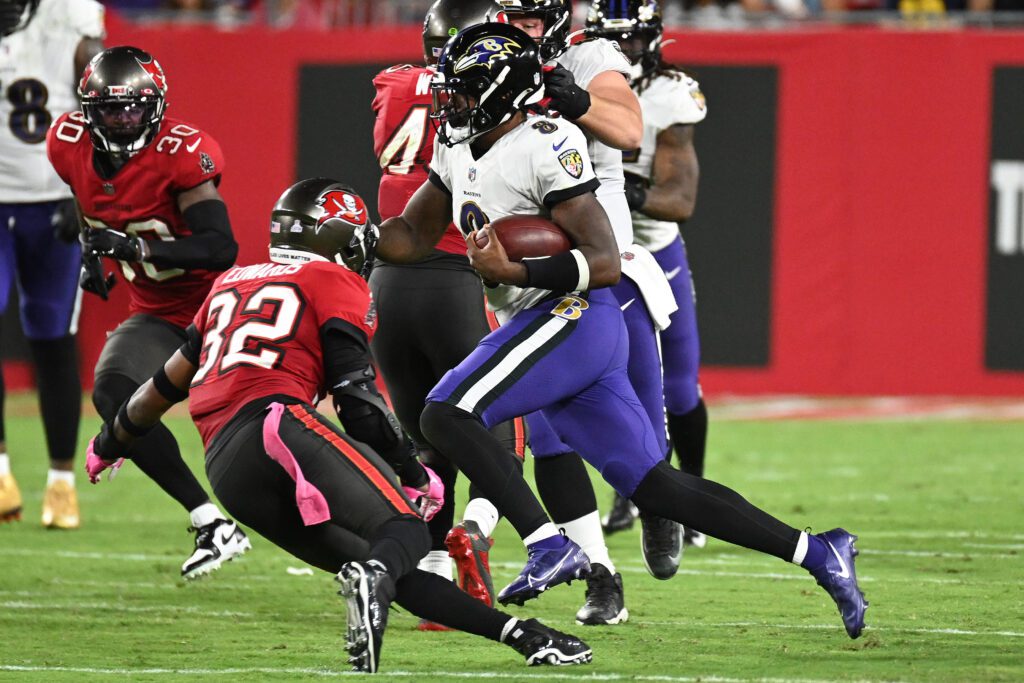Game developers rely on a variety of tools and frameworks to create engaging and polished video games. Game engines, such as Unity and Unreal Engine, provide a framework for developers to build upon, while graphics libraries, such as OpenGL and DirectX, are essential for creating stunning visual effects. Game development frameworks, such as Pygame and Phaser, provide pre-built tools that make development faster and more efficient, and game development tools, such as Git and Tiled, help streamline the development process. With the evolution of these tools, game developers can create increasingly immersive gaming experiences.
Powering the Players: A Deep Dive into Game Development Tools & Frameworks
Video games have come a long way since Pong, and their development has become increasingly complex. In order to create engaging, polished games, developers rely on a variety of tools and frameworks to aid them in the development process. From game engines to graphics libraries, this article will take a deep dive into the world of game development and the tools that power it.
Game Engines
Game engines are the backbone of game development, providing a framework for game developers to build upon. Some of the most popular game engines include:
Unity
Unity is one of the most widely used game engines and is known for its ease of use and versatility. Unity supports a variety of platforms, including mobile devices, consoles, and PCs, and has a vast community of developers creating plugins and assets to enhance its functionality. Unity also offers a user-friendly interface, making it accessible to beginners.
Unreal Engine
Unreal Engine is a powerful game engine designed for AAA game development. It’s known for its stunning graphics and realistic physics simulations. While Unreal Engine may be daunting for beginners, it features a large community of developers who share assets and offer support.
Graphics Libraries
Graphics libraries are essential for creating stunning visuals in video games. Some of the most popular graphics libraries include:
OpenGL
OpenGL is a cross-platform graphics library that provides developers with low-level access to a system’s graphics hardware, allowing for high-performance rendering. It’s supported on a variety of platforms, making it a versatile choice for game developers.
DirectX
DirectX is a graphics library developed by Microsoft and is designed to work specifically with Windows. It offers a collection of APIs that enable developers to create high-performance, visually stunning games.
Game Development Frameworks
Game development frameworks provide developers with pre-built tools and libraries to make game development faster and more efficient. Some popular game development frameworks include:
Pygame
Pygame is a popular game development framework for Python. It provides developers with a variety of pre-built tools for creating games, such as graphics rendering and event handling. Pygame is beginner-friendly and versatile, making it a great choice for developing educational games and mobile games.
Phaser
Phaser is a game development framework for creating browser-based games. It supports HTML5, making it a versatile choice for developers looking to create browser games across a variety of devices. Phaser provides a variety of pre-built tools for game development, such as physics simulations and input handling.
Game Development Tools
Game development tools provide developers with a variety of utilities to help streamline the development process. Some popular game development tools include:
Git
Git is a version control system used by developers to keep track of changes made to code. Version control systems are critical for game development, as they allow developers to revert code to previous versions in case of errors or bugs. Git is a widely used version control system, supported by a variety of code hosting platforms such as GitHub and Bitbucket.
Tiled
Tiled is a level editor designed for 2D games. It allows developers to create levels, tile maps, and objects with ease. Tiled supports a variety of file formats, making it a versatile choice for game developers. It also features a user-friendly interface, making it accessible to beginners.
Conclusion
The world of game development is complex, but developers have a variety of tools and frameworks at their disposal to create engaging, polished games. From game engines to graphics libraries and game development frameworks, the tools available to game developers continue to evolve, allowing them to create increasingly immersive gaming experiences.
